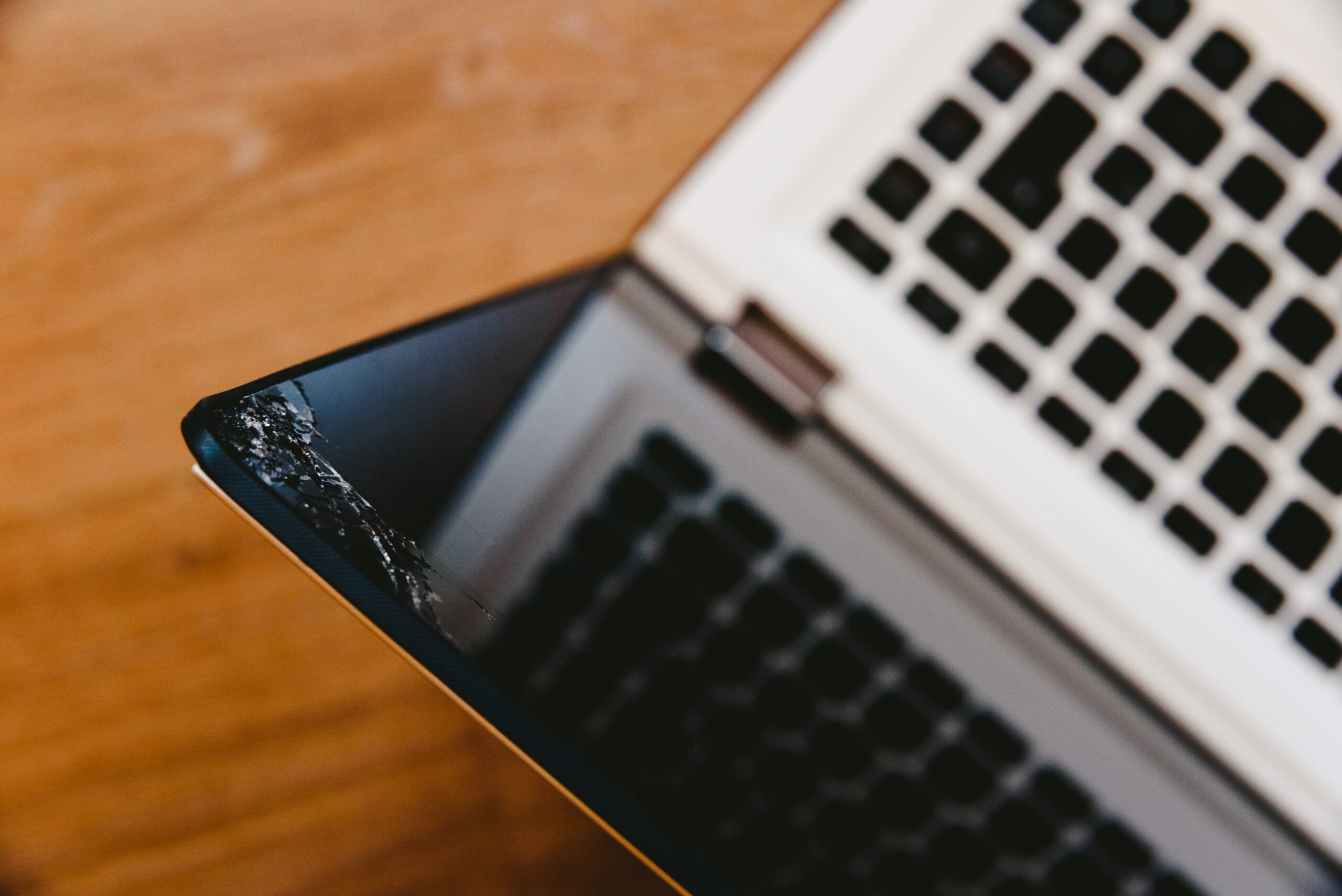
iPads are known for their stability and ease of use. However, like all devices, they can still experience problems. One such issue is screen flickering. This can happen for several reasons, such as water damage, dropping the iPad, failed software updates, or app or software bugs.
Here are some solutions you can try to resolve the issue.
Turn off Auto-Brightness
The auto-brightness feature in the iPad adjusts the screen light according to the environment’s light. However, it can sometimes cause the screen to flicker. To resolve this, try turning off the auto-brightness. Here’s how:
- Go to “Settings” from the main screen.
- Tap on “General.”
- Select “Accessibility.”
- Choose “Display Accommodations.”
- Turn off the “Auto-Brightness” feature by moving the slider.
This should stabilize the screen light and fix any flickering issues.
Restore ‘Reduce transparency and motion’
If turning off the auto-brightness feature did not fix the iPad’s screen flickering issue, try enabling “Reduce Motion and Transparency.” This can significantly improve the iPad’s performance.
Here’s how:
- Open “Settings” from the main screen.
- Go to “General” and select “Accessibility.”
- In “Accessibility,” turn on “Reduce Transparency” under “Increase Contrast.”
- Also, in “Accessibility,” turn on “Reduce Motion.”
These steps should improve the performance of your iPad and resolve the flickering issue.
Force Quit Apps
If your iPad screen flickers while using a specific app, try force quitting the app. Here’s how:
For iPads with a home button:
- Double-tap the home button to open the app switcher.
- Swipe away the app causing the flickering issue.
For iPads without a home button:
- Swipe up from the bottom of the screen to open the app switcher.
- Force quit using the app again to see if the issue persists. If it does, consider uninstalling and reinstalling the app.
To determine if the problem is with the iPad or the app, try using other apps to see if the app causing the flickering issue.
Hard Restart the iPad
Is your iPad’s screen still flickering? A software issue might be the cause. Try rebooting the iPad to fix it. Rebooting helps clear memory and prevents crashes, making the device run smoothly. This is a common solution for iPads, phones, and laptops. Here’s how to reboot:
For iPads with a home button:
- Press and hold the “Home” and “Power” buttons until the Apple logo appears.
- Release both buttons, and the iPad will restart on its own.
For iPads without a home button:
- Press and quickly release the “Volume Up” button.
- Repeat with the “Volume Down” button.
- Finally, press and hold the “Power” button until the Apple logo appears.
- The iPad will then restart on its own.
This should resolve the flickering issue.
Press the back of your iPad’s screen
To fix potential hardware glitches causing iPad screen flicker:
- Remove the iPad cover and turn it off.
- Place a cloth over a hard surface and lay the iPad screen down on it.
- Gently tap the back of the iPad with your fingertips, being careful not to be too rough on the camera area.
Update iPadOS
To fix iPad screen flickering, updating the iPadOS to the latest version may help. Updating offers new features, improvements, and bug fixes.
Steps:
- Go to “Settings” and select “General”.
- Tap “Software Update” and check for updates.
- If available, select “Download and Install”.
After updating, restart your iPad. You can also turn on “Automatic Updates” to automatically receive future updates.
Check Storage
Check your available storage space to address performance-related issues that may cause flickering on your iPad. To do this, follow these steps:
- Go to “Settings”
- Select “General”
- Tap on “iPad Storage”
Apple provides an easy-to-use storage management tool that displays available space and used space. This information can be used to delete unnecessary apps, files, and pictures, freeing up storage space and optimizing your iPad’s performance. This may not necessarily solve the screen flickering issue, but it can help improve your device’s overall performance.
Conclusion
If none of the above methods solves the flickering screen issue on your iPad, it’s recommended to contact Apple for support. If you’re looking for professional advice, consider reaching out to Fixsmart tech repairs, located in Niddrie, Essendon and Airport West.
They offer quality services and parts with an experienced team and are committed to providing a positive outcome at a reasonable price. Contact them today for more information on iPad screen flickering or their repair services.




